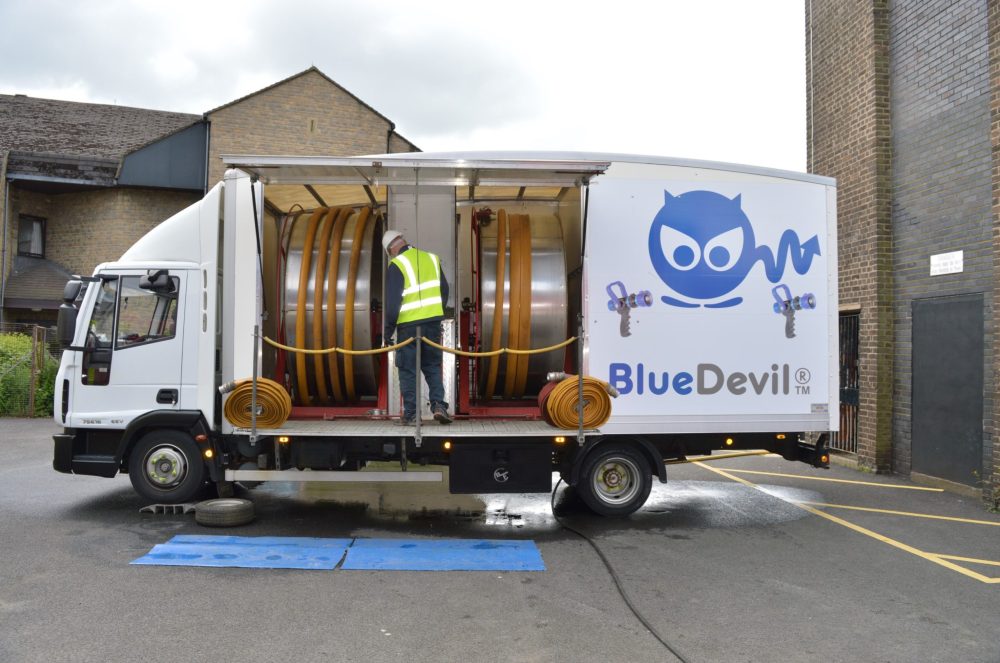There are two methods for testing Layflat Hoses: on wagon in situ and in our workshop.
On wagon process
The hose will be visually checked for any damage before testing begins. The male coupling is connected to the water delivery and the hose is coiled onto the rotating drum ensuring the release valves are closed.
The delivery is opened and when the hose is full of water, it is inspected for leaks.
The pressure is increased to the required test pressure and visually inspected again for signs of leaking.
Workshop procedure
The hose is visually inspected including all couplings.
The male coupling is checked for wear, cracks and drag damage. It is connected to water delivery to ensure correct engagement of the coupling, and the hose is then run out along the test bench.
The female coupling is checked for wear, cracks and drag damage, washer condition and wear and correct protrusion of connecting lugs. It is connected to the skid to ensure the correct engagement of the coupling and that all the pressure-release valves on the skid are closed.
The hose is visually inspected for burns, abrasion and slits. We check the bindings, hose sleeve and the section of hose immediately adjacent to the coupling. We also check the length to ensure it is over the specified dimensions. The hose is filled to hydrant pressure and checked for leaks along its entire length.
If there are no leaks at hydrant pressure, a pump is used to charge the hose to the required test pressure and the hose is then inspected again. The hose is blown out and recoiled and all test results are recorded.



